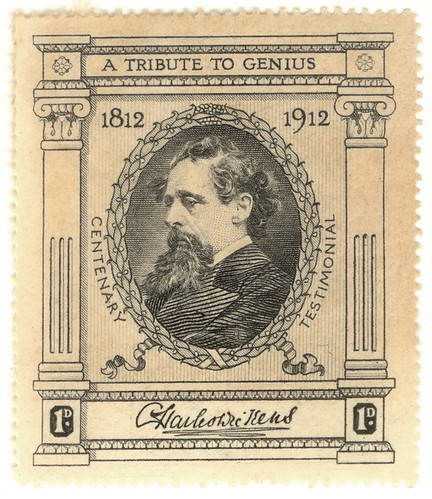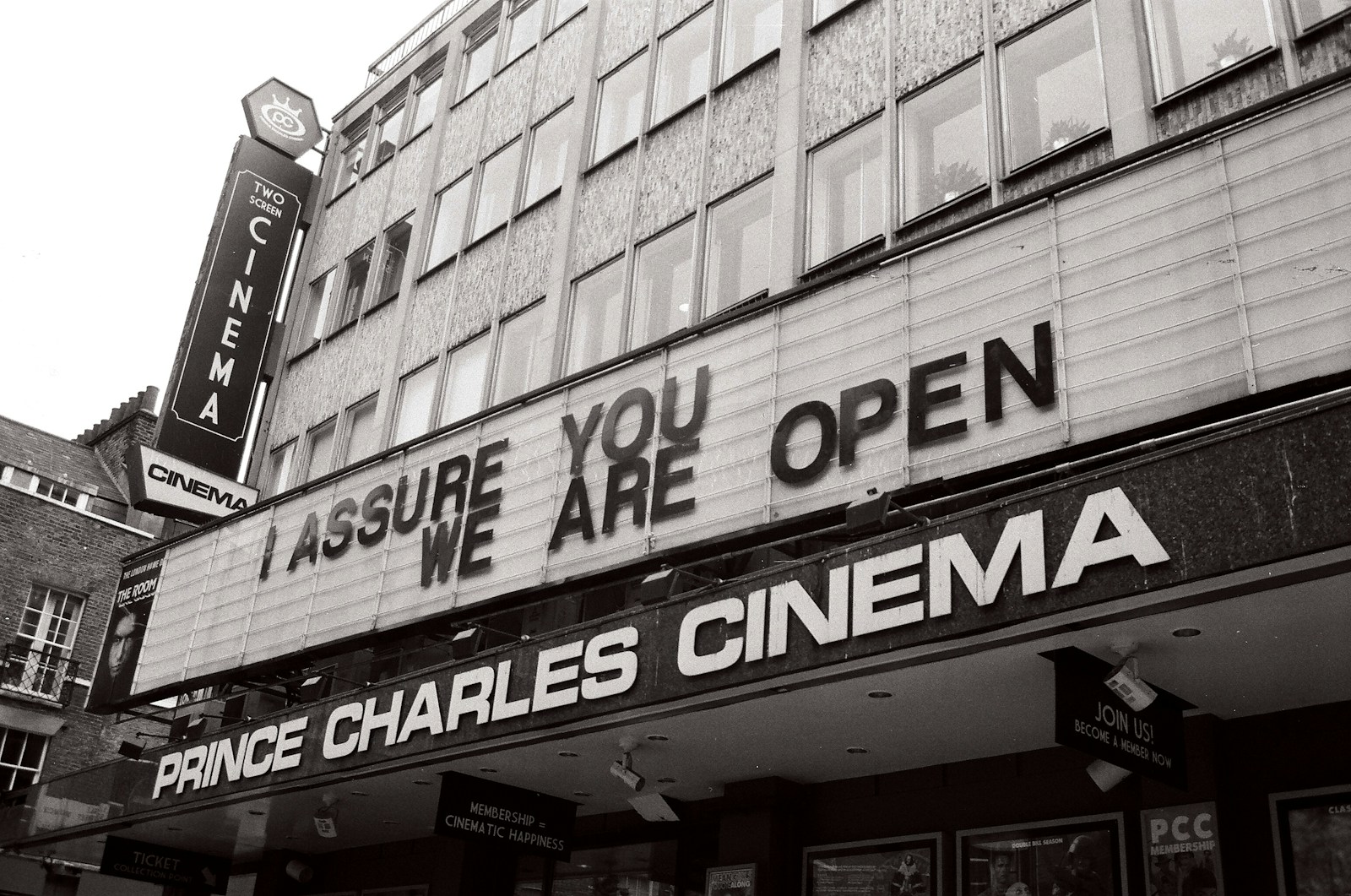
A Journey Through British Children’s Literature
British children’s literature has a rich and vibrant history that mirrors the evolution of society itself. From the whimsical tales of the Victorian era to the magical worlds crafted by contemporary authors, the journey of storytelling for young readers is nothing short of fascinating. Let’s explore how this genre has evolved, shaped by cultural changes, societal expectations, and the imaginations of some of the greatest writers in history.
The Early Days: A Foundation of Morality
The roots of children’s literature can be traced back to the 18th century. Early works were often didactic, emphasizing moral lessons and behavior. Books like “A Little Pretty Pocket-Book” by John Newbery in 1744 introduced children to the joys of reading while also teaching them valuable lessons about morality and virtue. Newbery is often regarded as the father of children’s literature for his emphasis on books that entertained and educated.
During this period, fairy tales began to infiltrate British culture, often carrying moral messages. The tales of Charles Perrault, for example, were translated and adapted, paving the way for future story adaptations. These stories, while rooted in folklore, often served to reinforce societal norms and expectations, highlighting the characteristics that society valued—honesty, bravery, and kindness.
The Victorian Era: Imagination Takes Flight
As we moved into the Victorian era, the landscape of children’s literature began to shift. Writers like Lewis Carroll and Edward Lear infused their works with imagination and whimsy. Carroll’s “Alice’s Adventures in Wonderland,” published in 1865, is a prime example of literature that defies the rigid moral frameworks of earlier texts. It invites readers into a fantastical world where logic is turned on its head, and absurdity reigns. This marked a pivotal moment in children’s literature where imagination became just as important as moral instruction.
At the same time, the Victorian era also saw a rise in illustrated books. Artists such as Arthur Rackham and Kate Greenaway brought stories to life with their enchanting illustrations, further captivating young audiences. The combination of compelling narratives with stunning visuals provided a multi-sensory experience that engaged children in new ways.
The Rise of Modernism: A Shift in Perspective
As the 20th century dawned, British children’s literature started to reflect the complexities of modern life. Authors like E. Nesbit introduced a more relatable cast of characters, dealing with everyday problems and adventures. Her book “The Railway Children,” published in 1906, is a beautiful blend of adventure, family, and the challenges faced by children. This story not only entertained but also resonated with readers’ own experiences of change and resilience.
World War I and II had a profound impact on literature, leading to themes of loss, survival, and hope. Authors began to address the realities of war, creating stories that were both poignant and thought-provoking. Books like “The Lion, the Witch and the Wardrobe” by C.S. Lewis, published in 1950, introduced allegorical narratives that allowed children to explore deeper themes of good versus evil, sacrifice, and redemption within the engaging framework of fantasy.
The Explosion of Fantasy: A New Era
The latter half of the 20th century marked a golden age for fantasy literature in Britain. The genre exploded with creativity, and authors began to create entire worlds and universes for children to explore. J.R.R. Tolkien’s “The Hobbit,” published in 1937, laid the groundwork for a new type of storytelling that combined intricate world-building with relatable characters. His influence can be seen in many subsequent works, creating a template for immersive fantasy literature.
The 1980s and 1990s saw the emergence of several iconic authors who would shape the landscape of children’s literature. Roald Dahl brought a unique blend of dark humor and whimsy to his stories, captivating generations with titles like “Matilda” and “Charlie and the Chocolate Factory.” His ability to address difficult themes—such as neglect and bullying—through humor made his books both entertaining and meaningful.
The Phenomenon of Harry Potter
No discussion of British children’s literature would be complete without mentioning the phenomenon that is Harry Potter. J.K. Rowling’s series, beginning with “Harry Potter and the Philosopher’s Stone” in 1997, revolutionized children’s literature. Rowling created a rich, magical world filled with relatable characters, complex themes, and moral dilemmas. Readers of all ages found themselves enchanted by the story of a young boy discovering his identity and place in the world.
Rowling’s work not only expanded the audience for children’s literature but also elevated the genre itself. The series tackled themes such as friendship, loyalty, and the battle against prejudice and injustice. It encouraged a new generation to read, leading to a resurgence in interest in literature for young readers.
The Contemporary Landscape
Today, British children’s literature is more diverse and inclusive than ever. Authors are exploring a myriad of themes, cultures, and experiences that reflect the world we live in. From the works of Malorie Blackman, who addresses issues of race and identity in her “Noughts & Crosses” series, to the heartwarming stories of Julia Donaldson that encourage creativity and imagination, the landscape is vibrant and varied.
Illustrators continue to play a critical role as well. The visuals in modern children’s books often reflect a broad spectrum of styles and cultural influences, making literature accessible and engaging for children from all backgrounds. Picture books, graphic novels, and interactive stories have become popular formats, encouraging reluctant readers to engage with texts in new and exciting ways.
Conclusion: The Ever-Evolving Narrative
British children’s literature has come a long way from its didactic beginnings. It has evolved into a dynamic field that embraces diversity, creativity, and complexity. As society continues to change, so too will the stories crafted for young readers. The magic of children’s literature lies in its ability to adapt, reflect, and inspire. Each generation of authors adds their unique voice to the tapestry of storytelling, ensuring that the narrative will continue to grow, evolve, and enchant.
As we look to the future, one thing is certain: the journey of British children’s literature is far from over. New voices will rise, new tales will be told, and the imagination of young readers will continue to flourish, fueled by the rich legacy of storytelling that has come before. Whether through fantastical adventures, heartfelt tales, or thought-provoking narratives, the world of children’s literature will remain a vital and cherished part of the literary landscape.

